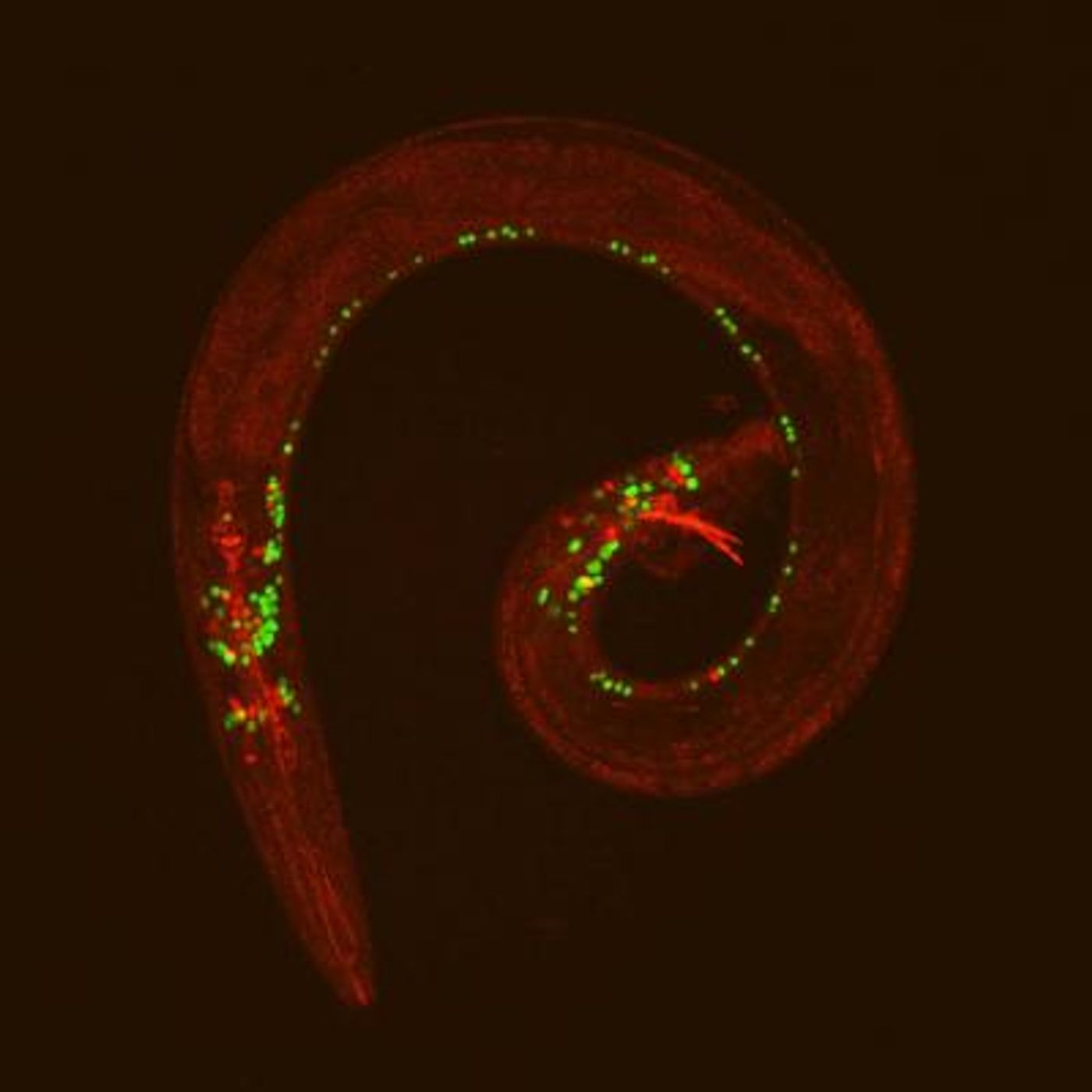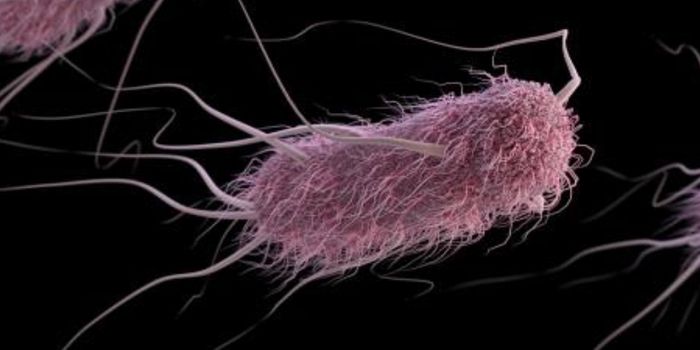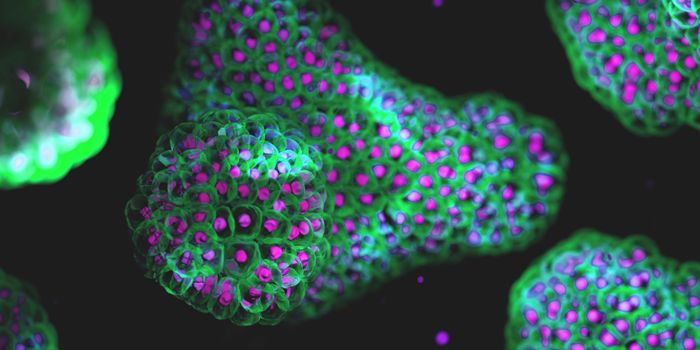Insight Into the Molecular Basis of Differences in Male and Female Brains
Using a roundworm model, researchers have found a collection of genes that change how male and female brains develop and stimulate the start of puberty. This genetic pathway might act similarly in humans. The research, which was reported in the journal eLife, illustrates how neural development is different in the sexes. It may also help scientists understand how the wiring and function of male and female brains are different.
"In this paper we show that a pathway of regulatory genes acts within specific neurons to induce anatomical and functional differences in the male versus female brain," said the lead author of the study, Oliver Hobert, a professor in Columbia's Department of Biological Sciences and a Howard Hughes Medical Institute investigator. "Remarkably, we found that each member of this pathway is conserved between worms and humans, indicating that we have perhaps uncovered a general principle for how sexual brain differences in the brain are genetically encoded."
C. elegans is a transparent roundworm with a genome that shares many features with the human genome, and it’s a common research model. In this work, the team utilized C. elegans that carried a mutation in a gene called Lin28. Mutations in the gene have been linked to early-onset puberty in humans, which impacts around five percent of people. In addition, an excess of Lin28 expression has been connected to puberty delays.
"We knew the gene existed in humans, mice, and worms, but we didn't understand how it controlled the onset of puberty," Hobert said. "Did Lin28 work directly with the brain? In what tissue type? What other genes did Lin28 control?"
The team assessed the mutant C. elegans and found that mutations in Lin28 also caused early-onset puberty in their model. Three other genes that are connected to premature sexual maturation were also identified, one of which is called Lin29.
Lin29 is only expressed in the brains and central neurons of males and shows that male and female brains are working differently. When males were missing their Lin29 gene, they looked like males, but the team found they behaved and moved like females.
"If you look at animals, including humans, there are dramatic physical and behavioral differences between males and females, including, for example, how they move," Hobert explained. "The Lin29-deficient male worms, in essence, were feminized."
For the first author of the study, Laura Pereira, a postdoctoral fellow in Columbia's Department of Biological Sciences, the research has shown that there are specific genes that control sex differences during neural development. "It opens up new questions about whether differences in male and female behavior is hardwired in our brains," she added.
The video above explores what we know about anatomical differences in male and female brains, why this research is important, and other information about the neuroanatomy of males and females. In the video below, Hobert gives a talk about using C. elegans as a research model.
Sources: AAAS/Eurekalert! via Columbia University, eLife









